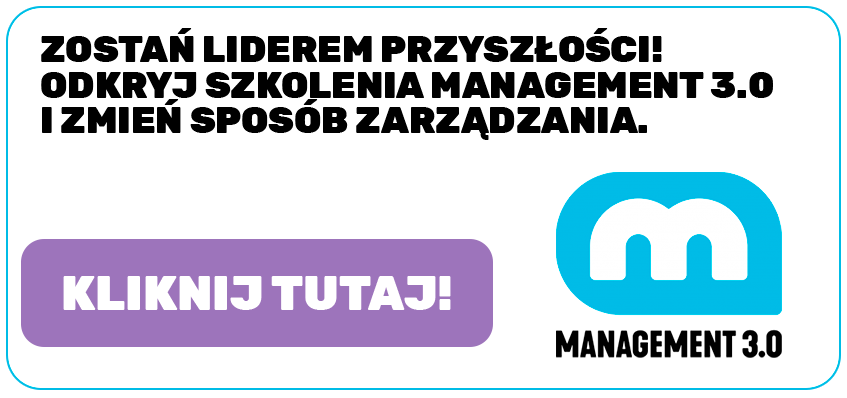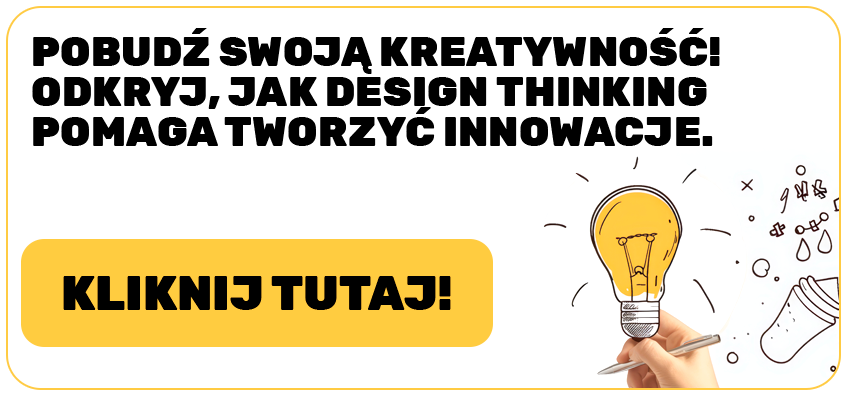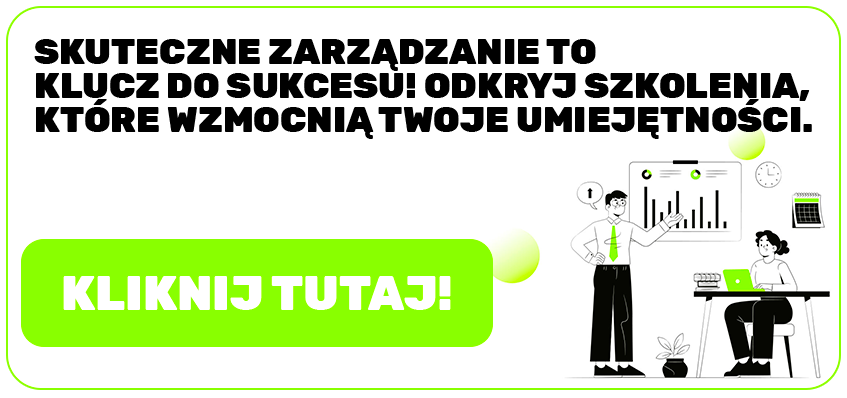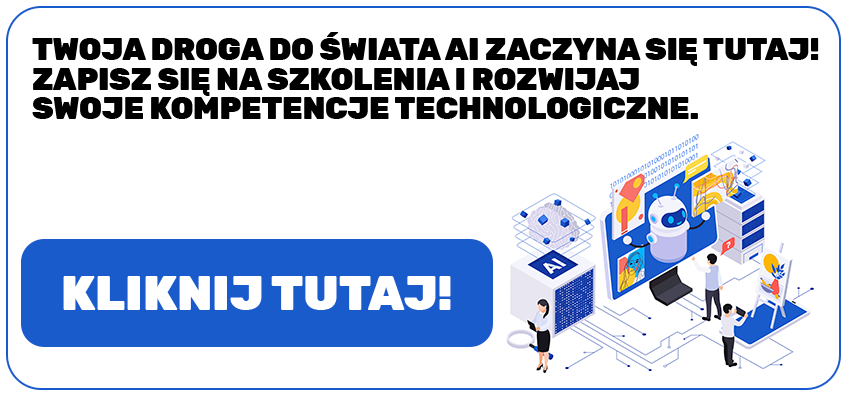What is Personal Map?
Personal Map in the context of Management 3.0, it is a tool used to visualize the goals, values and personal and professional perspectives of team members. This is a type of diagram that allows you to better understand what is important to each person, what goals they want to achieve and what values guide their actions. Personal Map helps create bonds between team members, strengthening their understanding of each other.
Where did the idea for Personal Map come from?
Jurgen Appelo is known for combining seemingly disparate concepts and techniques into new tools. This is how it was built Delegation Poker (extended model of Situational Leadership and Planning Poker) and most other Management 3.0 tools. He writes about building a Personal Map in the book "Workout - Games, Tools & Practices to Engage People, Improve Work, and Delight Clients":
I noticed many times that the relevance of geographical distance has been
shrinking steadily for years, thanks to globalization and technological
progress. Unlike a decade ago, the connections to the people closest to me are
almost literally under my fingertips. At the same time, it seems that the mental
distance between people has been increasing steadily. Those same
technologies have allowed me to be “friends” with thousands of people I
hardly know while quality time with my closest friends and relatives suffers
from the noise of status updates, photos, videos, likes, retweets, +1s, and
personal messages through a dozen social channels.
An idea came to me during a car trip from Amsterdam to Brussels. I was
staring off in the distance while driving, attempting to solve an issue that had
been bugging me for months. I was disconnected from the whole world
except for Raoul, who was sitting next to me, but he was graciously keeping
his mouth shut for a while. Needless to say, it was the perfect time for me to
have a creative thought. And I had one. I suddenly realized that we don’t need
more geographical maps. We need better mental maps.
Mind mapping is a simple but powerful technique that allows anyone who can
hold a pen to visualize the relationships between concepts. By creating a
personal map of a colleague, you make an effort to better understand that
person.
How to use Personal Map?
But how to do this in practice? Here is a step by step example:
- Defining life areas: The team determines the key areas of life and work that they want to include in their Personal Maps. These may include, among others: career, professional development, family life, passions, values, short- and long-term goals, etc.
- Creating a chart: Each team member creates a chart that shows these areas and what goals, values, or priorities are associated with each of them. These diagrams are often colorful and contain symbols, images or keywords.
- Team discussions: After creating the Personal Map, team members share their diagrams and talk about their goals, values and motivations. This is a moment of deep reflection and mutual understanding.
- Collaborative Analysis: The team can also conduct a collaborative analysis to understand the extent to which team members' goals and values align or differ. This can lead to a better understanding of each other and identification of areas for further cooperation.
Now, to better understand what I'm writing about, please take a look at my personal map below. Do you feel like you're getting to know me a little better? If you have questions about what certain phrases mean or would like to understand what I meant, that's what the personal map is all about - safe self-discovery and sharing who I am and what I feel.

When to use Personal Map?
Personal Map has many uses. This is a good tool for a new team that is being formed or starting to work together. Personal Maps can help team members understand each team member's work styles, preferences, and areas of expertise. This will enable better cooperation, communication and the development of empathy in the team. For the same reason, this tool will be useful in the event of changes or restructuring of the team. When new employees join an organization, Personal Maps can help them integrate more seamlessly into the team by providing insight into group dynamics and individual preferences. It is also a great tool for a manager who wants to better understand the motivations and values of his team members. Additionally, it can be used as an element of gamification even when the team already knows each other well. For example, we might hide a team member's name and only ask for a description of the person to see if they can recognize them.
Summary
The Personal Map technique has many benefits:
- Understanding each other: Personal Map helps team members better understand each other, including each person's goals, values and priorities.
- Strengthening culture: This tool supports a culture of openness, trust and cooperation within the team.
- Better communication: Personal Map facilitates communication, so teams can collaborate and resolve conflicts more effectively.
- Development management: Thanks to Personal Map, development management becomes more personalized and tailored to the needs of each team member.
- Visualize your goals: A visual representation of your goals and values helps you more easily track your progress and motivation to achieve them.
Personal Map is also available in a version for remote work as a template in Miro.






